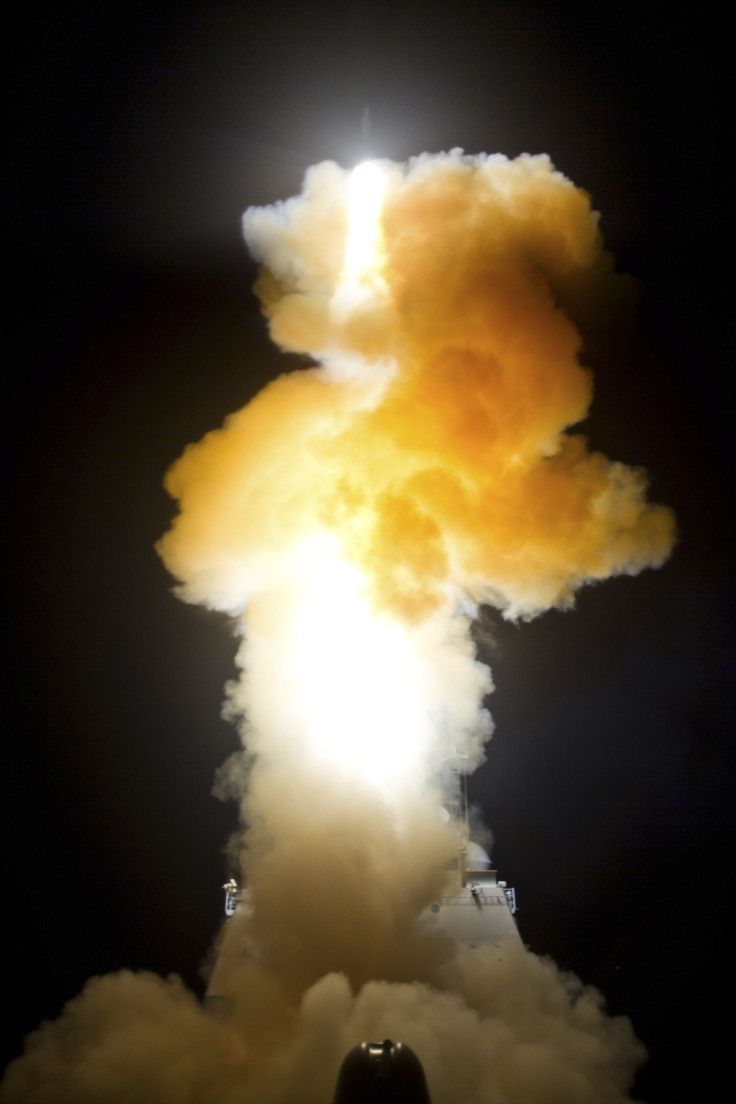Can US Stop North Korea Nuclear Attack? Space Target Test Knock Out Missile As Kim Jong Un Expands Defense Programs

Amid fears of North Korea’s ballistic missile tests, the United States’ and Japan’s military jointly flashed their abilities to thwart Kim Jong Un’s regime Friday by successfully intercepting a medium-range ballistic missile target in space for the first time, according to the U.S. Naval Institute.
The U.S. Missile Defense Agency (MDA), Japan’s Ministry of Defense and the U.S. Navy combined their efforts to conduct a test of the Standard Missile-3 (SM-3) Block IIA – a project by the U.S. and Japan – and see if it could knock out a target launched from the Pacific Missile Range Facility in Kauai, Hawaii, at 3:30 p.m. EDT.
The USS John Paul Jones used it’s AN/SPY-1D(V) radar and Aegis Combat System Baseline 9.C2 system and found the missile did hit its target and met each of its primary objectives, including the performance of its “kinetic warhead, divert and attitude control system, nosecone, steering control section, booster performance and second- and third-state rocket motor,” the MDA said in a statement.
Mitch Stevison, Vice President of Air and Missile Defense Systems for Raytheon, which produces the Standard Missile weapons, laid out each of the tests' successes.
“The first ship-launched SM-3 IIA, it was the first time that we actually were able to have our (kinetic warhead) look at a threat in space, identify that threat, discriminate that threat, and consummate an engagement on that threat. All of those things are critical in closing the entire system loop to know that we have a valid system,” Stevison said.
Stevison also called it a “near picture perfect test” but said more tests will be needed before it’s officially ready for the field in 2018. Two tests of the SM-3 IIA’s propulsion system and then its kinetic warhead were conducted last year, leading up to Friday’s test of a real target.
Despite calls from the international community to stop its nuclear and missile defense programs, North Korea is reportedly still expanding and even built a new large missile facility, CNBC reported Tuesday.
Based off analysis of Google Earth images and pictures from private satellite imaging firm Planet Labs, David Schmerler, a research associate at James Martin Center for Nonproliferation said, "There's a lot going on. It's not looking good."
Schmerler told CNBC that in the last few weeks that he’s identified a new missile facility that’s much larger than other ones in North Korea.
© Copyright IBTimes 2024. All rights reserved.





















